By Christopher Miskimon
During the era in which the Krag Jorgensen rifle came into its own, an arms race was in effect among the nations of Europe. Advances in technology were quickly rendering obsolete the weapons that had served relatively unchanged for decades. The muzzle loader gave way to the breech-loading cartridge rifle, which in turn was outclassed by the repeating rifle firing high-velocity cartridges using smokeless powder. Machine guns were still in their infancy, but growing rapidly. Artillery likewise was evolving from brass muzzle-loading guns to quick-firing breechloaders made of steel. These new weapons were expensive to make, but conferred great advantage to those who had them. Resistance to expenditures generally melted away after success on the battlefield.
The ongoing arms race had an effect on the United States, as well. The U.S. Army’s only opponents in the late 1800s were the various tribes of Native Americans who were resisting the continuing loss of their lands in the West. There were few areas in which a conflict with European powers might occur, and American planners gave little thought to the prospect. Eventually, as the nation’s growing power and status caused its eyes to turn outward, the United States began to recognize that it lagged behind Europe in modern weapons.
New Caliber, New Powder
The standard American rifle in the 1880s was the Springfield .45-caliber “Trapdoor” Model 1873 and its derivatives. This single-shot, breech-loading weapon fired a .45-70 cartridge using black powder. Despite occasional difficulties, it had effectively gotten the job done in the West, but it was now obsolete. Military strategists following advances in Europe feared that the United States was far behind most European nations in adopting repeating rifles. By the late 1880s, the concern had finally grown serious enough for a new board to convene to discuss developing a modern rifle for the U.S. Army.
In 1889, research began on a new cartridge that would use smokeless powder. In line with recent developments in Europe, it would be a smaller caliber than the current round. Most single-shot breechloaders of the period were .45 caliber or larger. The newer cartridges were smaller, mostly around .30 caliber. After experimentation, the United States settled on a .30-caliber cartridge designated the .30-40 (the “-40” part of the designation refers to the cartridge’s load of 40 grains of smokeless gunpowder).
The Origin of the Krag-Jorgensen Rifle
Now it was time to find a weapon to fire the new ammunition. General Daniel W. Flagler, chief of ordnance for the Army, convened a Rifle Board to deliberate on the adoption of a new rifle. It began work on December 23, 1890, stating that it would test any rifle submitted to it. Fifty-three different rifle designs came in from all the major arsenals in Europe. While the lack of an American design was a sign of how far the United States had fallen behind Europe in weapons development, the board decided to view the situation as an opportunity. Because all the other nations had already selected one or more of the new weapons, the U.S. Army could now choose the best. During this period, repeating rifles of various types were flourishing in the civilian market, and several designers had taken their ideas to Europe after American military interest proved lacking. Flagler extended the deadline for submission of a new American design to June 30, 1892, but had no success. Testing continued with only European entries.
The winning design was a Danish weapon, the Krag-Jorgensen rifle. Its designers were actually Norwegians, Ole Krag and Eric Jorgensen. Krag was a colonel in the Norwegian Army and had been developing his rifle since 1868. He had collaborated with Jorgensen, a superintendent at the Kongsberg Arsenal, on an improved Model 1888 of the weapon, which was adopted by the Danish Army in 1889. The U.S. Army designated its Krag as Model 1892, with production to commence at the Springfield Armory in Massachusetts, the primary U.S. military armory at the time.
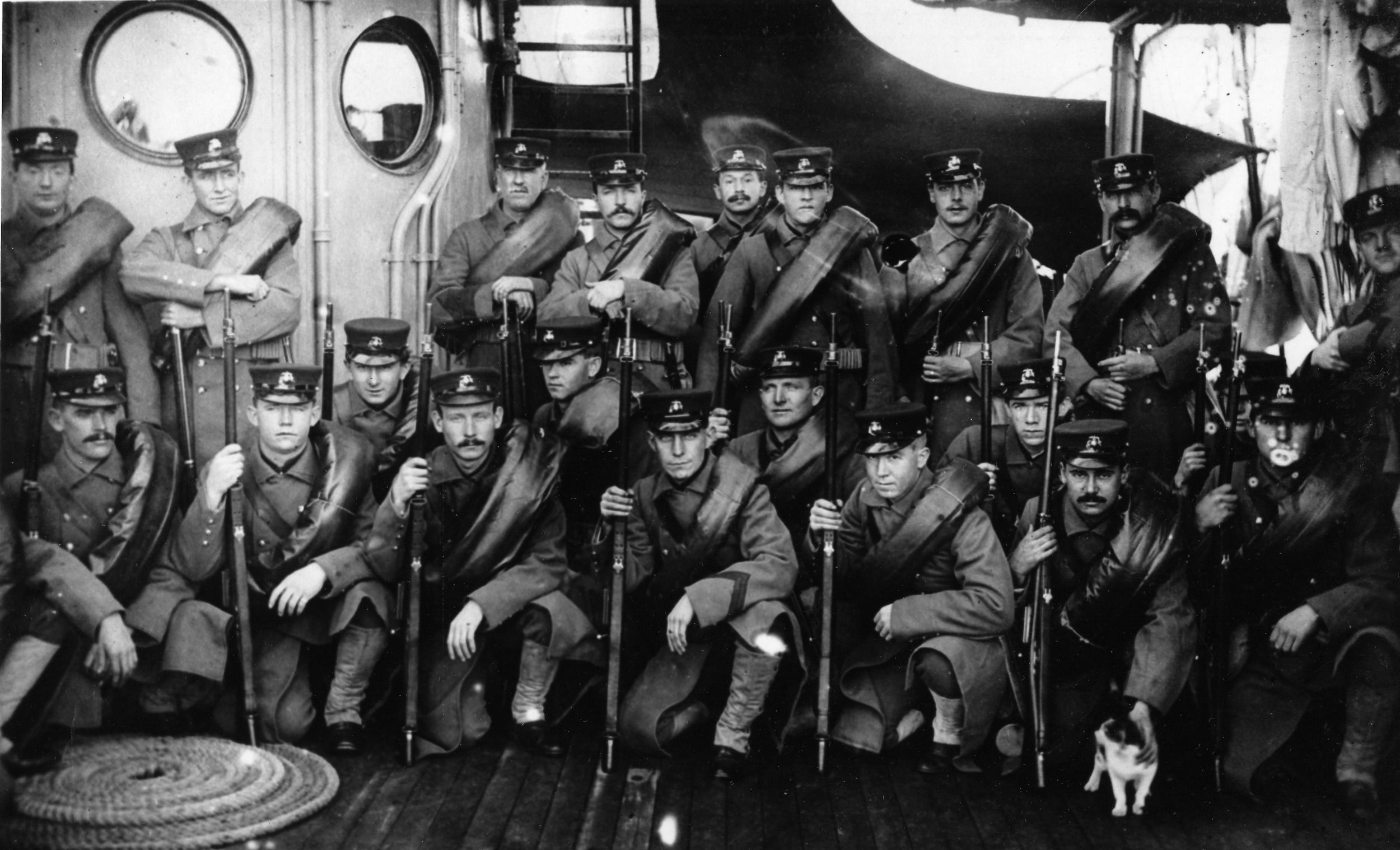
From the start, the board’s decision was steeped in controversy. American gun makers complained that they had not submitted entries because the Rifle Board had already pre-selected the Krag. Eventually Congress, at the urging of gun makers and designers, stepped in and ordered the Army to delay procurement of the Krag for two months, during which time another board would evaluate American designs. This board, whose members were the same as the first, again chose the Krag, causing the gun makers to complain anew of unfair testing. This time, however, the adoption of the Krag went forward. On May 26, 1893, it became the U.S. Army’s first repeating, smokeless-powder rifle. Congress appropriated $400,000 toward production of the new weapon.
The Model 1892 Krag-Jorgensen rifle weighed nine pounds, six ounces. Its overall length was just over 49 inches, with a 30-inch barrel. It was a bolt-action weapon, meaning that after each shot the firer turned the bolt upward, pulled it to the rear to eject the fired cartridge case, pushed it forward to chamber a new round, and locked the action back up by turning the bolt back down. The magazine held five rounds and loaded from the side through a gate that the user flipped down. Unlike contemporary rifles that loaded from the top using a five-round clip, the Krag had to be loaded one round at a time. The idea was that soldiers would fire single shots most of the time and save the magazine’s contents for emergencies. Critics claimed that the single-load design was due to the obsession of the Ordnance Branch with conserving ammunition.
With the final decision made, it was expected that the controversy would die out. Instead, initial field reports on the new rifle were mixed at best. Criticisms included a poor sight, weak magazine spring, and weak parts that broke often. Even worse, some reported that the Krag, as it was being called, could not handle the pressures of the more powerful ammunition the Army was producing. The Springfield Armory reworked the rifle, coming out with two subsequent types, the Model 1896 and Model 1898. The revised Krag was sturdier, with exterior differences that included new sights, modifications to the magazine, and a new cleaning rod. Most of the 1892 models were eventually upgraded to the new configuration. A carbine version for cavalry troops sported a shorter 22-inch barrel.
A Trial by Fire
The new rifle was about to get a trial by fire. War was simmering between the United States and Spain over Spain’s longtime colony, Cuba. With the explosion of the U.S. battleship Maine in Havana harbor on February 15, 1898, it boiled over into outright conflict. Congress recognized Cuba as an independent nation on April 19; a few days later, the Spanish declared war. The United States was about to step onto the world stage, and its soldiers—some of them, anyway—would be carrying Krags. The Army was about 25,000 men strong. A call went out for volunteers to bolster the number to 125,000. The problem was that there were only 50,000 Krag rifles and another 15,000 carbines in the entire U.S. Army stock. The Springfield Armory could turn out only a paltry 100 rifles a day, although this would increase to 350 by the end of the conflict. This meant that the majority of American soldiers would go into action carrying the single-shot, black-powder Springfield rifle.
By contrast, the Spanish troops in Cuba were mostly equipped with the German-designed Model 1893 Mauser, which critics claimed was superior to the Krag Jorgensen rifle. The two rifles were about to go head to head in a bloody test. American troops poured ashore in mid-June. The regular regiments and the Rough Riders, an elite volunteer unit whose officers included Theodore Roosevelt, carried Krag repeaters, while National Guard units carried Springfields.
In the combat that followed, the Krag proved two things. First, it was superior to the Springfield. The Krag could be fired much faster and without the telltale puff of smoke that the older black-powder weapon belched with each shot. This not only obscured the shooter’s vision but also gave away his position each time he fired. The Krag’s .30-40 round also had a much flatter trajectory than the Springfield, particularly at long range, making it easier to aim and giving it a greater depth of fire when used in volleys against massed enemy formations. Soldiers clamored for it over the obsolete Springfield.
Second, the Krag was inferior to the Mauser. The Mauser outranged the Krag and fired a more powerful cartridge. Perhaps most importantly, it could be loaded by means of a five-round clip that fit into a slot on the rifle. A downward push on the rounds in the clip and the Mauser was reloaded and ready for action in seconds, while Krag users had to load their magazines one cartridge at a time. The Spanish troops could put out a volume of fire that far surpassed what the Americans could achieve, to say nothing of the hapless National Guardsmen with their antique Trapdoors. The disparity was not helped by additional American inferiority in both artillery and machine guns. Despite the obstacles, American troops won a relatively quick victory in Cuba, overrunning the Spanish defenses at San Juan and Kettle Hills and El Caney and taking the crucial city of Santiago after a short siege. Spanish forces in Cuba capitulated in July1898.
The Krag in the Pacific: Against Insurrection and Rebellion
American soldiers in the Philippines had a somewhat easier time of it, although they too carried an unfortunate mix of Krags and Springfields. Although the war in the islands ended quickly after the Battle of Manila Bay, troops in the Philippines soon had another war on their hands, this time against Filipino insurgents seeking their independence. American soldiers expecting to fight regular Spanish soldiers instead found themselves fighting a war against native guerrillas. Here, the Krag’s problems were not so noticeable. The Filipinos were not uniformly armed with Mausers, but rather used whatever weapons they could scrounge. The superior training and discipline of the Americans put the Krags to effective use.
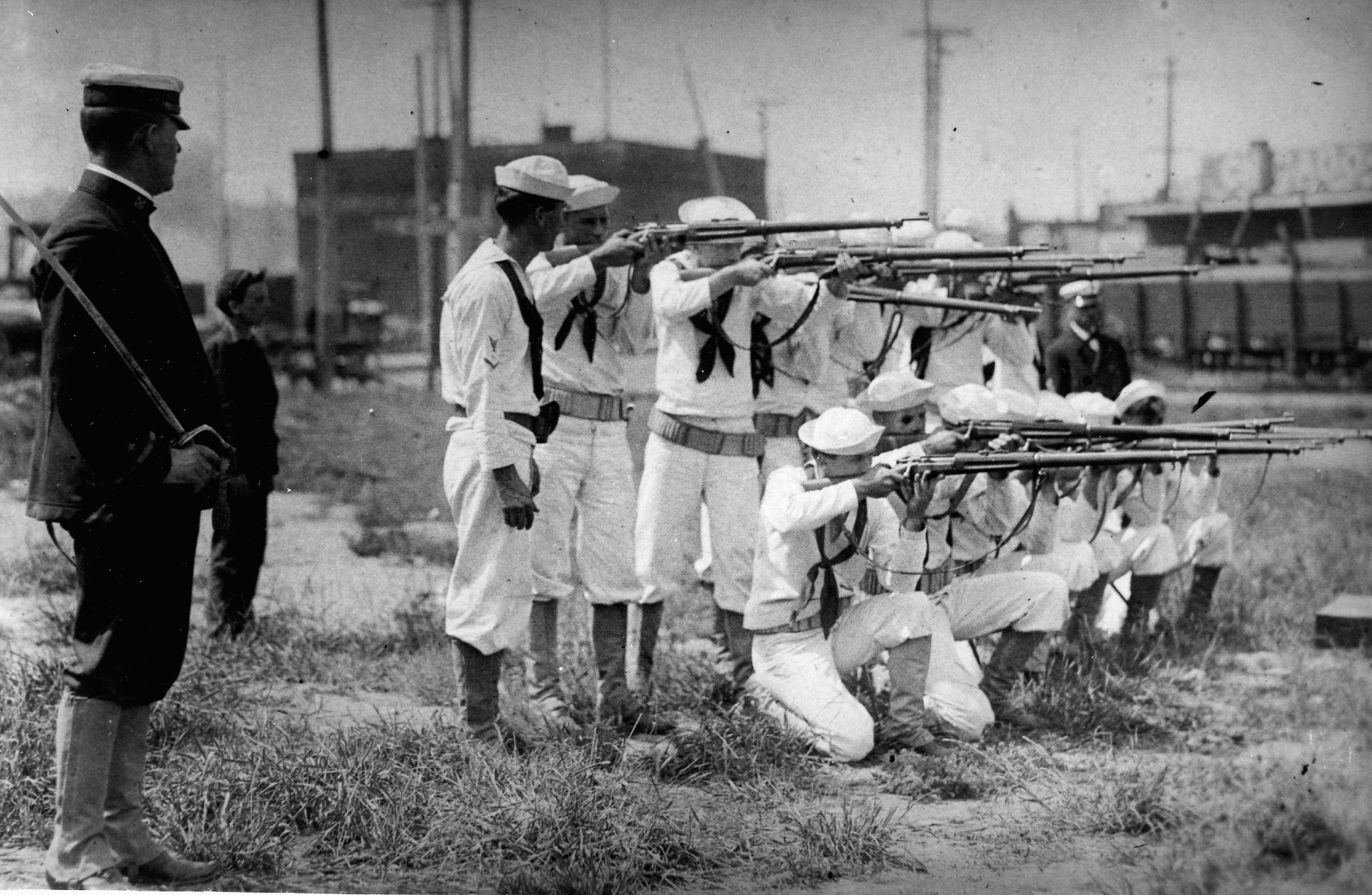
As the insurrection went on, Krags became more common since the war with Spain was over and there was no need to divide production between two fronts. On June 10, 1899, the 1st Colorado Regiment took part in an assault on a guerrilla-held position near the rebel-controlled town of Paranque. The attack began at 6:30 am with the regiment massing on the American left. Forming a skirmish line, the Americans initially had hard going through rough terrain until they got within some 800 yards of the Filipino defenses. Under fire, the Americans began their real work. Arthur Johnson, an enlisted man with the regiment who was also a news reporter (the 1st Colorado had two such reporters in its ranks), described the action: “Above the pop and sputter of the Mausers and Remingtons and the loud bang of the Krag-Jorgensen rifles could be heard the shrill commands of the officers. ‘Fire by volleys’ brought the long even music of war which tells on the enemy.” The Colorado soldiers carried the position after a hand-to-hand fight in the trenches.
On December 2, 1899, another correspondent, Richard Little, watched a Krag-carrying American sniper kill rebel General Gregorio del Pilar as he and 60 of his men sought to block a narrow mountain pass. With dramatic prose, Little reported, “Then came the spiteful crack of the Krag rifle and the man on horseback rolled to the ground, and when the troops charging up the mountainside reached him, the boy general of the Filipinos was dead.” The Krag became immortalized in a marching song, a popular ditty that said in part, “Underneath the starry flag, civilize them with a Krag, and return us to our beloved homes.”
Krags were also carried into battle by American troops during the Boxer Rebellion in 1900, when an American force formed part of the Relief Expedition to China to rescue foreign missionaries under siege by the nationalistic Society of the Righteous Harmonious Fists, or Boxers. Some Chinese troops were armed with the Krag’s nemesis, the Mauser, but the expedition nevertheless succeeded.
Replaced by the Springfield Model 1903
Lasting damage to the Krag Jorgensen rifle’s prestige already had been done. Veterans of the Spanish-American War, including Theodore Roosevelt, were now entering politics and demanding that the United States improve its arsenal. A new board convened to find a suitable improvement on the Krag. In the end, the Springfield Model 1903 rifle came into service. An excellent weapon, it would serve the U.S. Army well for decades. It was so close in design to the Mauser that the U.S. government later paid Mauser $200,000 to avoid a lawsuit for patent infringement.
This was not the end of the Krag story, however. Krag rifles continued to serve in reserve units for some time until a sufficient stock of 1903 Springfields was built up. The rifle was also used for training during World War I, when there was a shortage of rifles for frontline use. After the war, the Krags were disposed of, with many being sold as surplus to the public, where they became a popular hunting rifle. Today, Krags are a desirable antique among collectors of military weapons.
The Krag Jorgensen Rifle Outside the U.S.
While the American-made Krag is the most famous model, two other nations used the rifle for a much longer period of time. Denmark used the Model 1889 Krag Jorgensen rifle as its standard service rifle up to World War II, chambered for an 8x57mm cartridge. A number of variants were made, including a carbine and a sniper rifle; production totaled about 140,000. When Nazi Germany occupied Denmark in 1940, it took over many of the rifles, which later saw second-line use in the Wehrmacht.
The only other major user of the Krag was Norway, which adopted its own version of the rifle in 1894. Like the Danes, the Norwegians continued to use Krags up to World War II, when Norway was defeated and occupied by the Nazis. The Norwegian model fired a smaller 6.5x55mm round. It differed from the American Krag primarily in the absence of the magazine cutoff. The Germans ordered a number of Krags made for them along with several other Norwegian weapons, but only a few thousand were actually manufactured.
The Krag had only a brief service life in the U.S. Army, and the weapon’s troubled development story rivals that of any modern weapon system. But in American hands, the Krag Jorgensen rifle served conspicuously in the war that catapulted the United States onto the world stage and gained it valuable overseas holdings in Cuba, Puerto Rico, the Philippines, and Guam. The notable victories of the Spanish-American War—San Juan and Kettle Hills, Manila Bay, and El Caney—guarantee the Krag a lasting place in American military history.
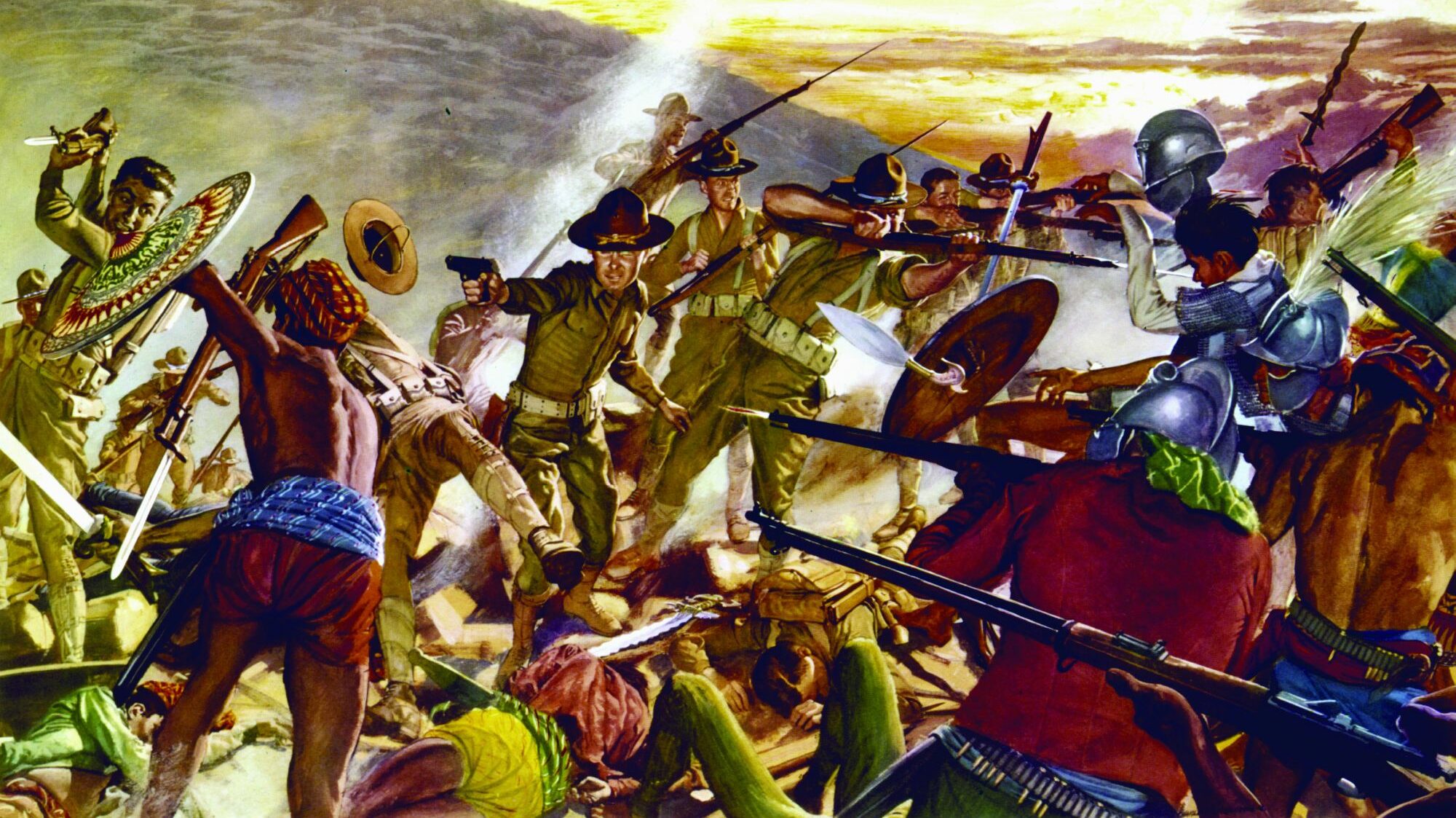

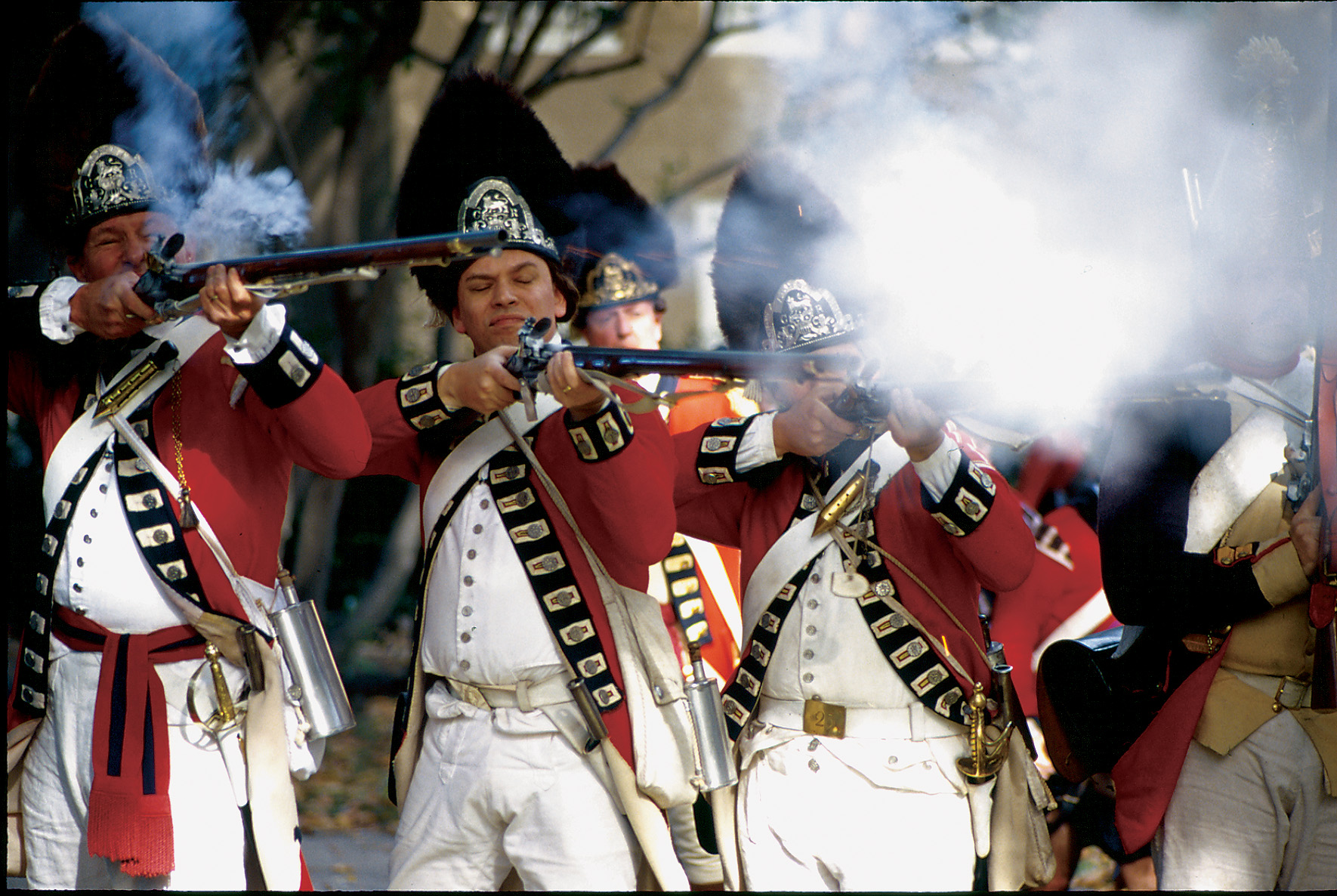
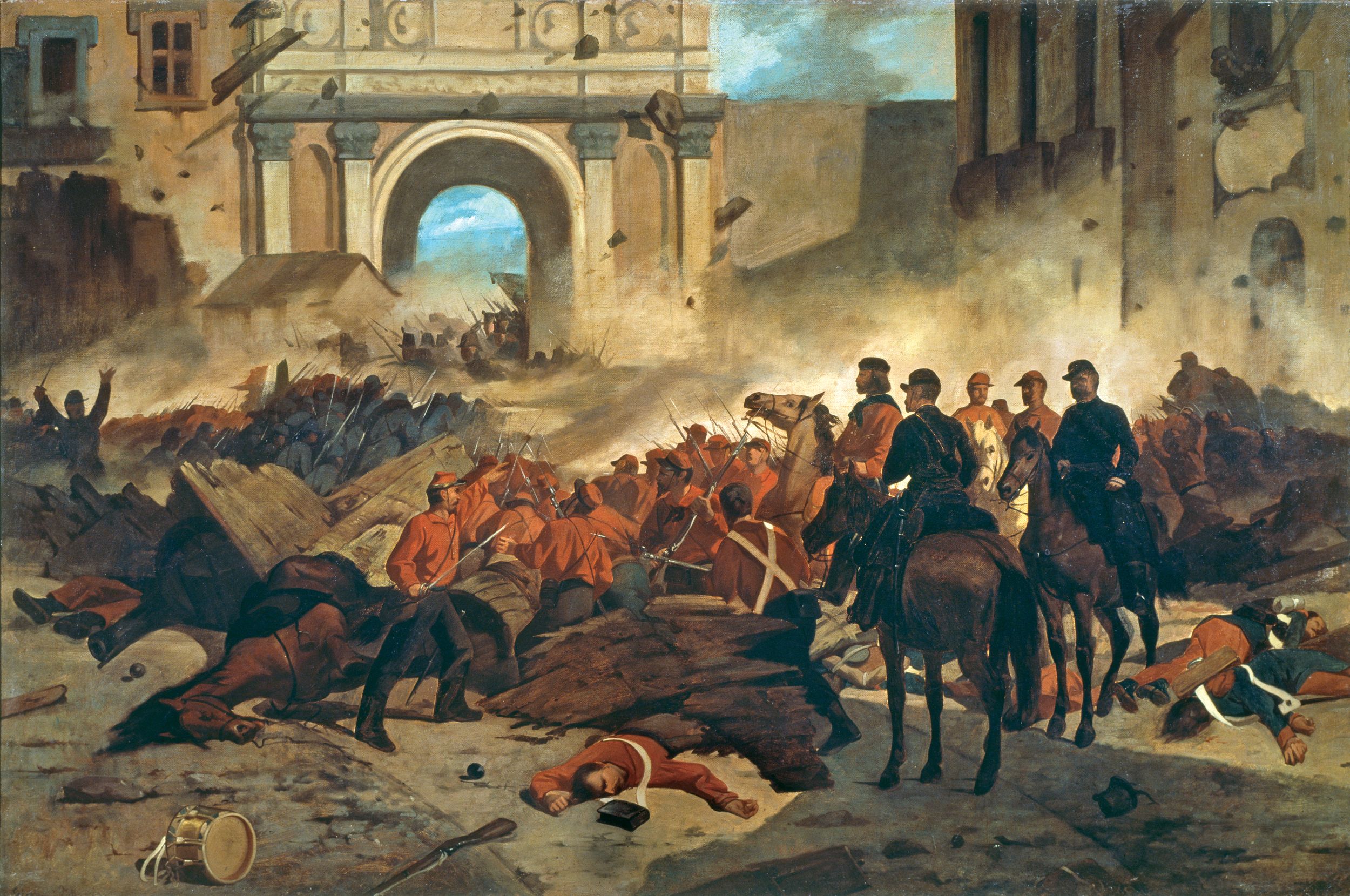
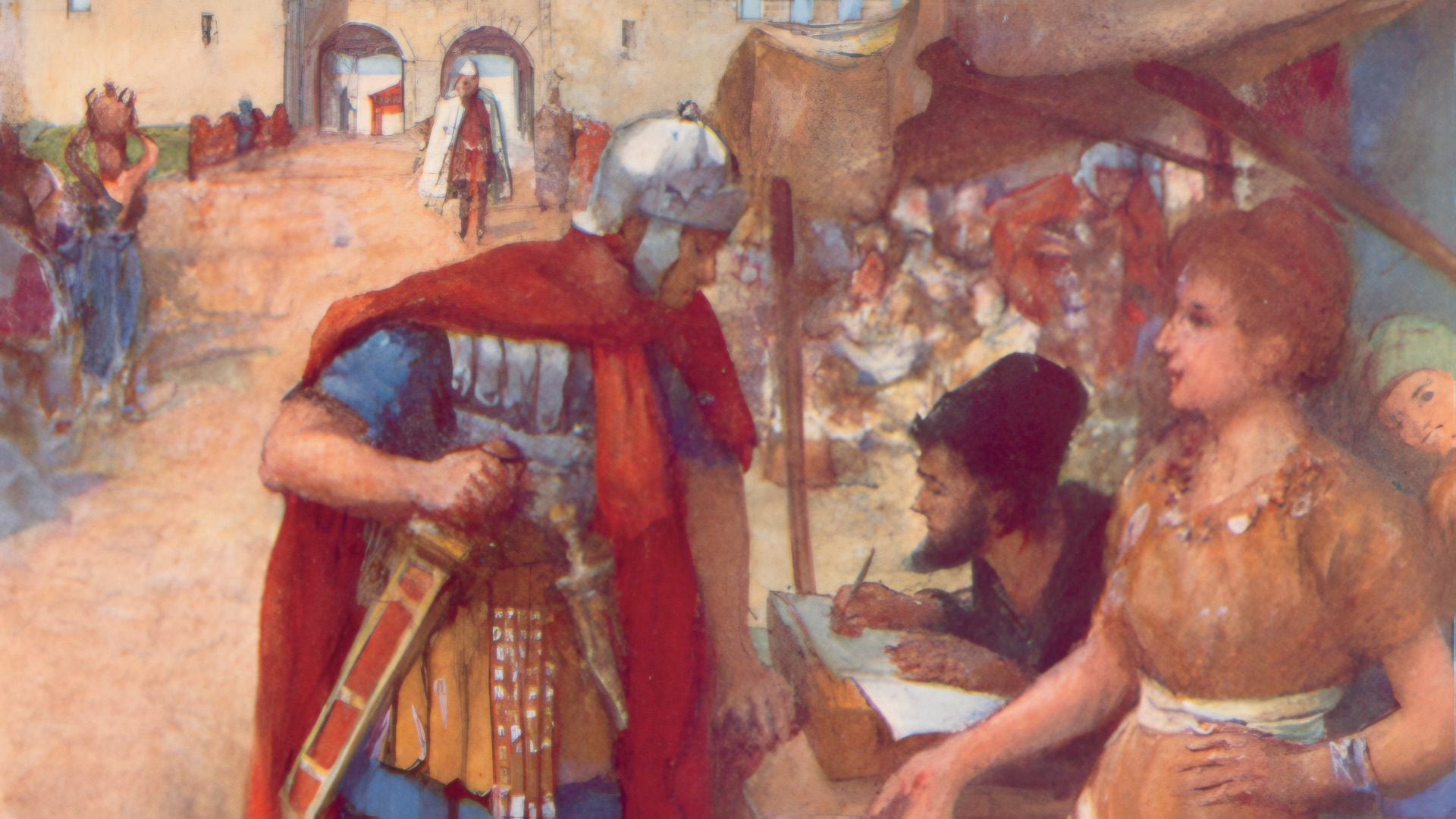
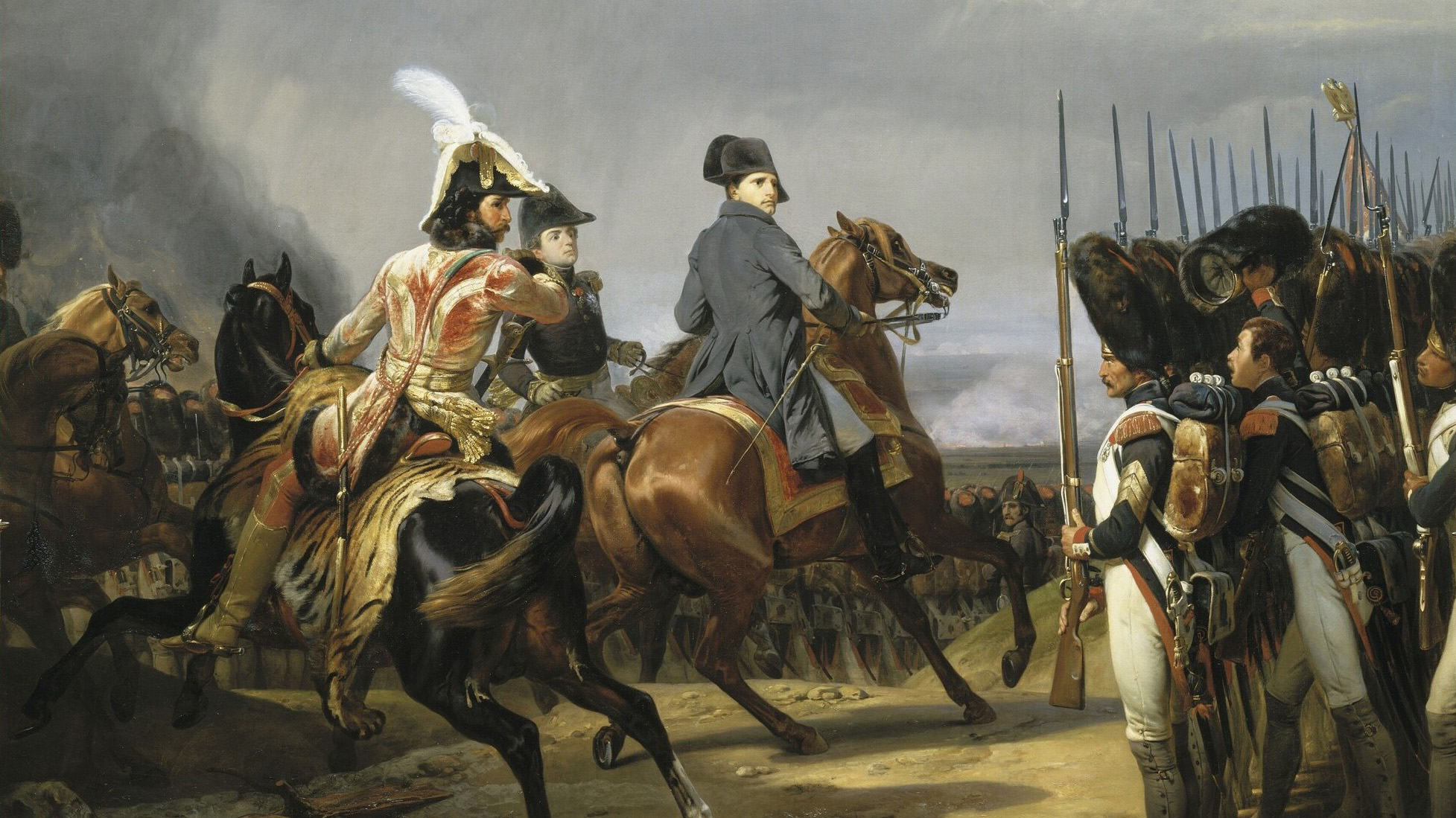

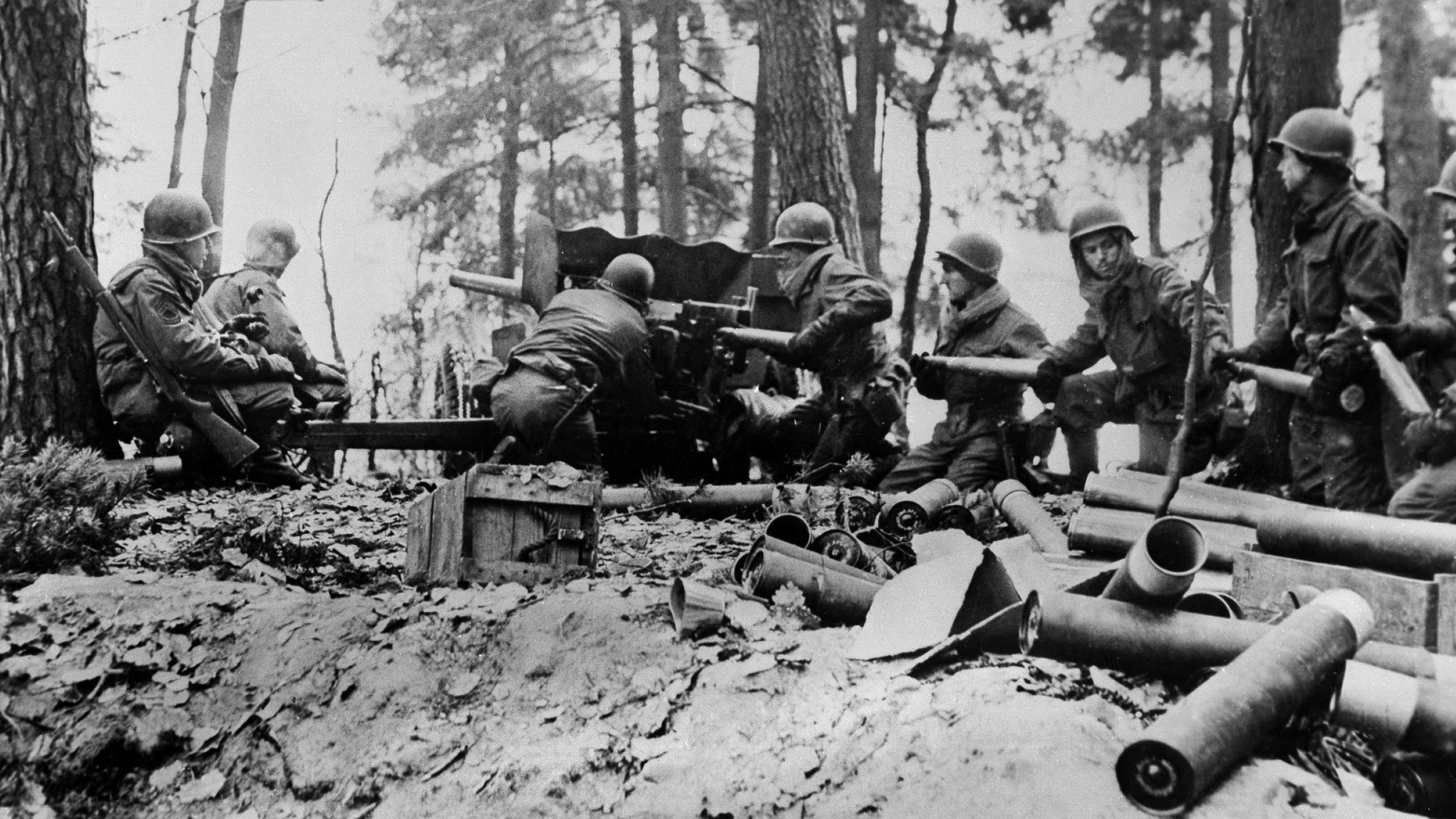
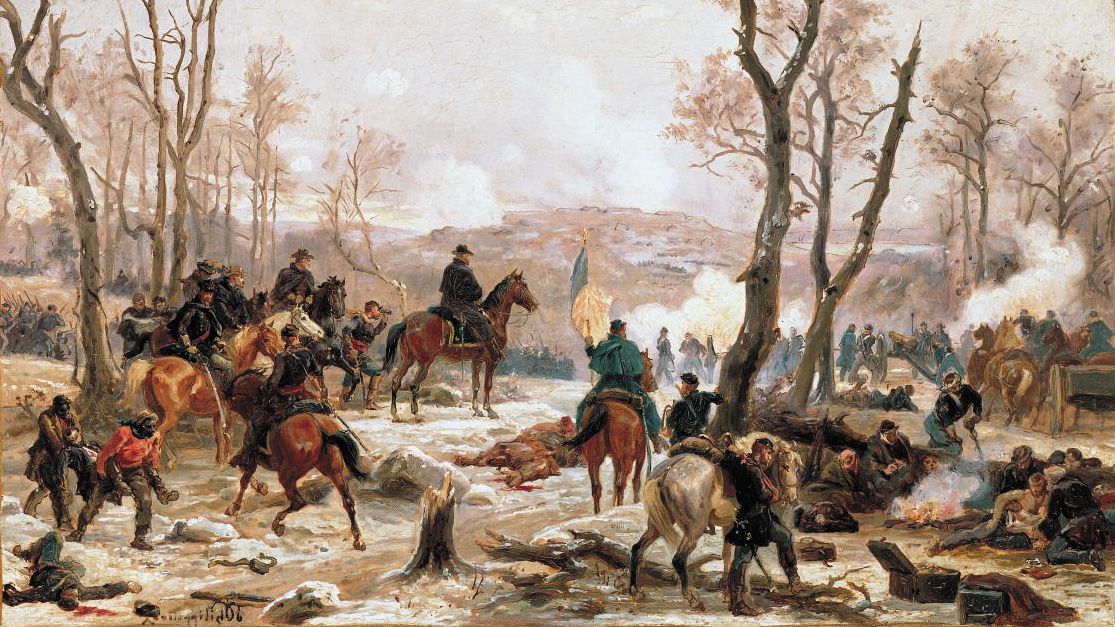
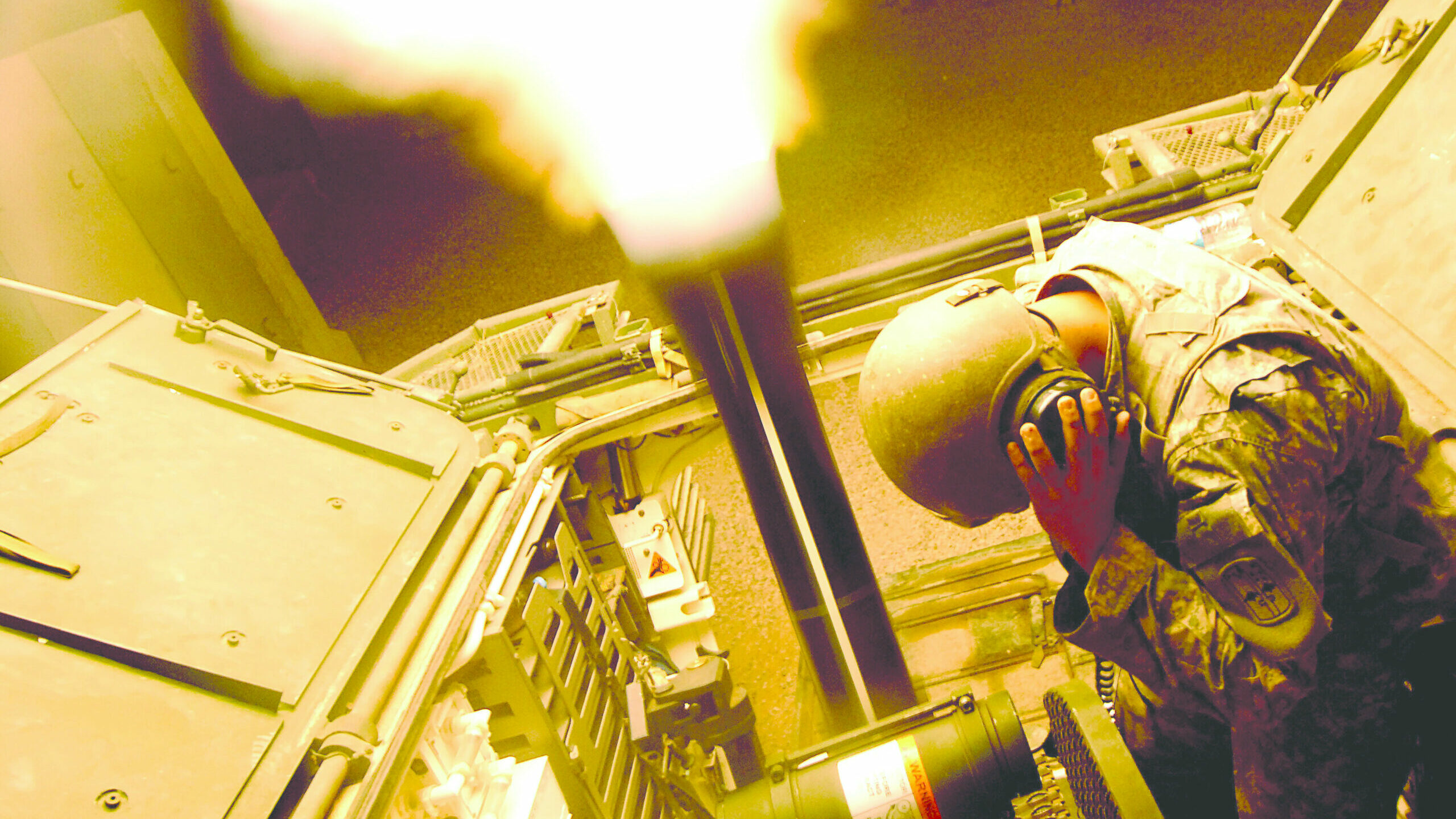
Great article and information.
Thanks Carl.